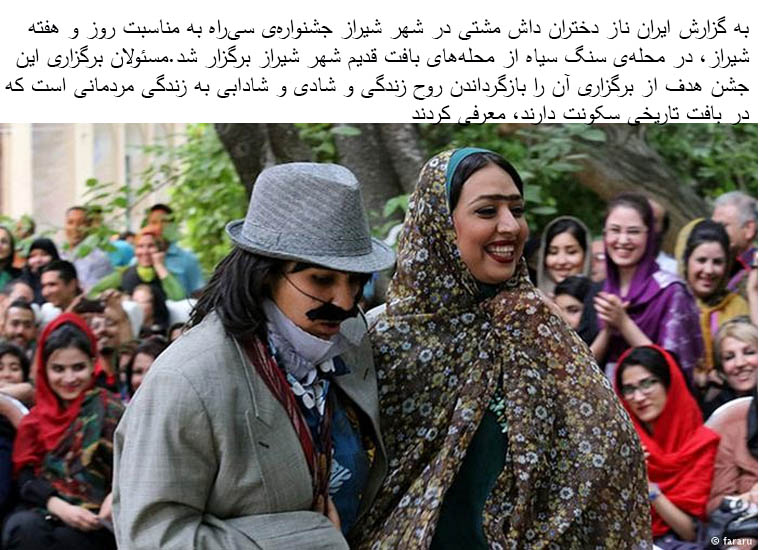


DASH MASHTI MOVIE
The best example is considered the 1971 movie Dash Akol. Most of these films were produced in 1950s in Iran. "Luti Masculinity in Iranian Modernity, 1785-1941: Marginalization and the Anxieties of Proper Masculine Comportment" (PDF). Dash Mashti was an influential subgenre of the Iranian cinema that embodied javanmardi ideals and ideas.
DASH MASHTI PROFESSIONAL
The merchant Tayyeb Hajj Reza'i (1912-1963) is nowadays remembered as the "javanmard-e bozorg", i. View Dash Mashtis profile on LinkedIn, the worlds largest professional community. Some historical actors are considered of representing the javanmardi-ethos paradigmatically. In modern times the concept indicates to an idealized configuration of masculinity in Iran. In popular culture ĭash Mashti was an influential subgenre of the Iranian cinema that embodied javanmardi ideals and ideas. In late 19th century, a unifying national Persian masculine gender identity was gradually formed during the political and social developments and modernization/Westernization in late Qajar (1785-1925), particularly during the Persian Constitutional Revolution (1905-1911), and first Pahlavi periods (1925-1941), which came into conflict with the ideals, norms, traits, and appearance of the lutis the latter gradually became menacing, counter-normative, deviant, anxiety-provoking, chaotic, violent, and sexually ambiguous. Their spiritual and martial model of masculinity was javānmardi, which means the state of being javānmard. They had distinct rites, attitudes, clothing, and traits, most notably practicing Pahlevani and zoorkhaneh rituals. The lutis ( Persian: لوتی lūtī) were a unique type of masculine men with roots from the Persian Sufi brotherhoods, ayyārs, and futuwwa ideas in 15th-19th century Persia.


 0 kommentar(er)
0 kommentar(er)
